Contaminant Sources
-
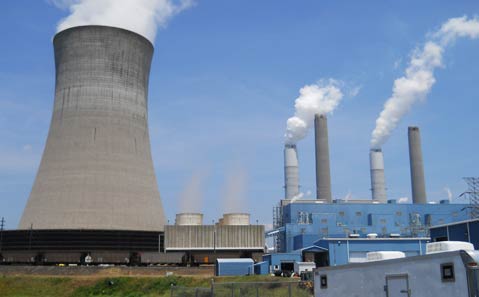 Most White Emissions Are Simply Water Vapor (Steam)
Most White Emissions Are Simply Water Vapor (Steam)Air Emissions and Stacks
Industrial and utility emissions stacks are unique structures that distribute breathable contaminants over widespread areas. Emitted aerosol contaminants may be either or both physical (mechanical) irritants or actual chemical contaminants. The young, elderly, and health-compromised are most susceptible sensitive receptors.
-
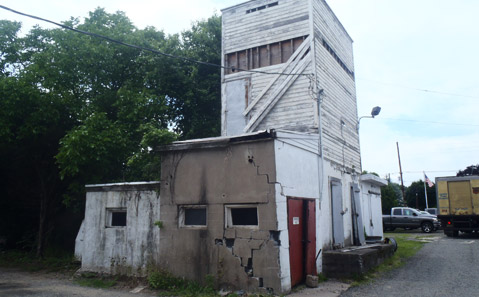 Old Buildings and Structures Yield Clues About Historical Activities
Old Buildings and Structures Yield Clues About Historical ActivitiesFoundations and Ruins
Experienced environmental assessors gain remarkable knowledge of building architecture, utility infrastructure, and industrial and manufacturing chemicals processes. For example, an experienced environmental assessor may be able to identify the historical significance of historical buildings, foundations, and ruins.
-
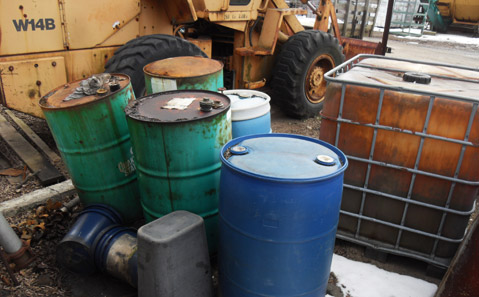 55-Gallon Drums Are Not Designed for Long Term Exterior Storage
55-Gallon Drums Are Not Designed for Long Term Exterior StorageBulk Chemical Storage/Drums
Detailed federal and state regulations prescribe specific storage and placarding requirements for bulk chemicals in storage. Leaking drums and other containers can create major soil and groundwater contamination concerns. Secondary containment systems are inexpensive and remarkably effective.
-
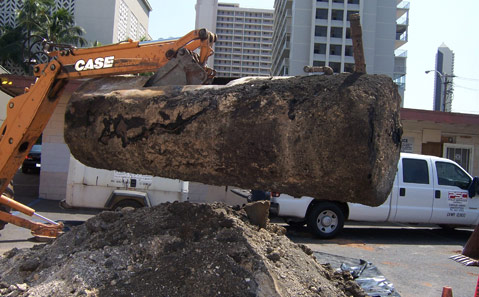 There Are No "Leak-Proof" Underground Storage Tank Systems
There Are No "Leak-Proof" Underground Storage Tank SystemsUnderground Storage Tanks
Underground storage tanks (USTs) represent the single greatest threat to soil and groundwater quality in the U.S. Millions of steel tanks were installed during the past century…consigned to a lifetime of ruptures and leakage through corrosion, failed couplings, product piping failure, overfill and other events.
-
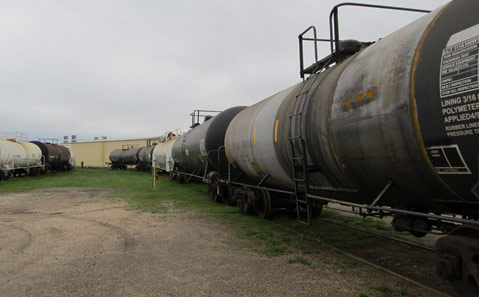 Railroad Easements Present Multiple Potential Contaminant Concerns
Railroad Easements Present Multiple Potential Contaminant ConcernsRailroad Easements and Sidings
Railroad easements and sidings represent a double environmental concern. Tanker and container cars leak commonly their contents to the ground below, and locomotive engines release diesel fuel and heavy greases. Oh yes, the railroad crossties themselves can be contaminant sources.
-
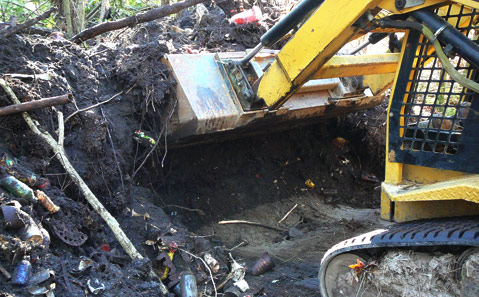 Waste Burial And Burn Pits Were Common Historical Practices
Waste Burial And Burn Pits Were Common Historical PracticesLandfills and Buried Wastes
Landfills and buried wastes are a direct source of soil and groundwater contamination. Extensive environmental regulations and permitting guide the placement, construction, and management of municipal landfills today. However, wastes were historically buried indiscriminately and without authorization or concern.
-
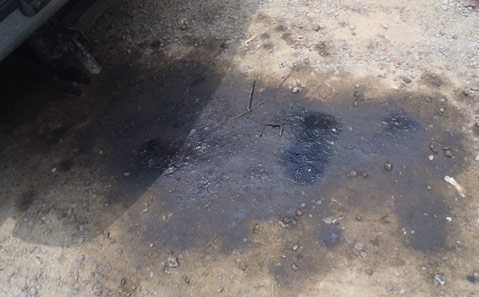 Stained Surface Soils May Extend Deep Into The Ground
Stained Surface Soils May Extend Deep Into The GroundDiscolored and Stained Soils
Discolored and stained soils areas can be deceptive; is the contaminated soil just near the surface or does it extend deep into the ground and groundwater? It is common to find petroleum-stained soils at gasoline stations, industrial yards, railroad easements, and like properties where bulk petroleum supplies are stored or transported. Be warned…many chemicals contaminate but do not stain soils.
-
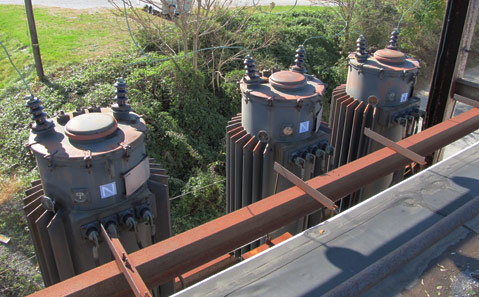 PCB Transformers Leak Their Hazardous Fluids Onto the Ground
PCB Transformers Leak Their Hazardous Fluids Onto the GroundPCB-Containing Equipment
Polychlorinated biphenyls (PCBs) were widely used as dielectric and coolant fluids in electric transformers, ballasts, capacitors, and electric motors, and were noted for their high boiling point, low freezing point, and resistance to weathering. However, PCBs cause serious health effects including cancer.
-
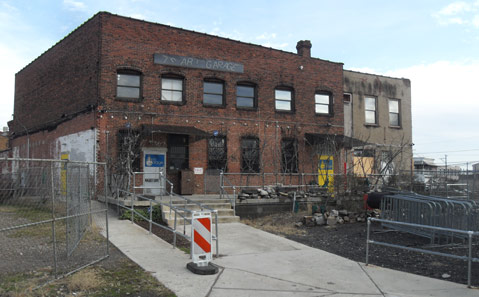 Contaminated Adjacent Properties May Impact And Devalue Your Property
Contaminated Adjacent Properties May Impact And Devalue Your PropertyContaminated Adjacent Properties
Contaminants do not respect property boundaries. Regardless of tax plats, metes and bounds surveys, and fence lines, environmental contaminants will migrate in accordance with hydrogeologic principles. Your environmental site assessment should include some evaluation of on-site environmental contamination from off-site sources.
-
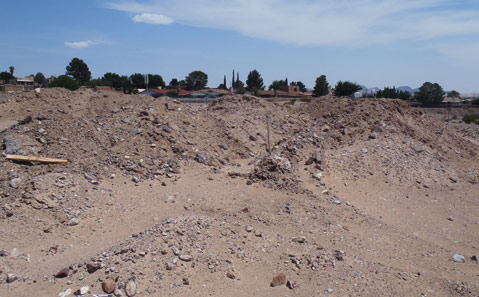 Construction Sites Sometimes Unknowingly Receive Contaminated Fill
Construction Sites Sometimes Unknowingly Receive Contaminated FillFill Soils Originating Off-Site
Construction sites commonly include roadside signage asking for “clean fill” or “fill dirt.” The indiscriminate excavation and distribution of untested, undocumented fill material sometimes creates a costly contamination event. Maintaining source material records is critical.
-
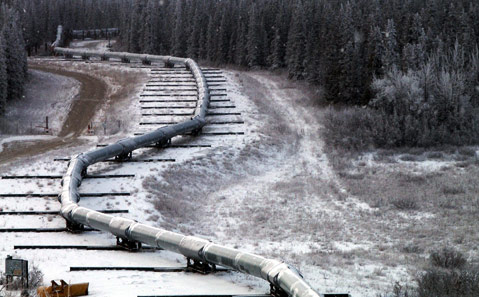 Mega-Pipelines Cause Mega-Releases If Improperly Monitored
Mega-Pipelines Cause Mega-Releases If Improperly MonitoredPipelines and Transfer Stations
Although the Alaska Pipeline shown is aboveground, there are hundreds of thousands of miles of underground, high pressure petroleum lines in the U.S. Although releases along these lines are actually uncommon, when they occur they often take years and multiple millions of dollars to manage.
-
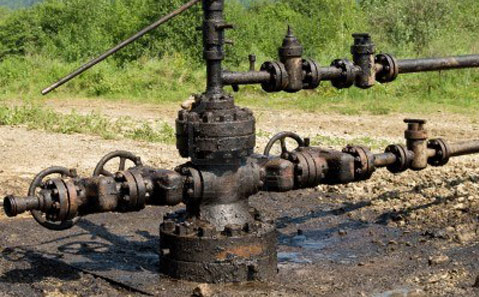 Hydraulic Fracturing-Petroleum Wildcatting Can Contaminate A Property
Hydraulic Fracturing-Petroleum Wildcatting Can Contaminate A PropertyOil and Natural Gas Production Operations
Oil and natural gas operations uptick daily in terms of economic importance. However, petroleum exploration and extraction operations often contaminate soil and groundwater over a widespread area. Fracking, or fracturing of deep rock formations to improve natural gas yields, is under careful scrutiny for potential environmental impacts.
-
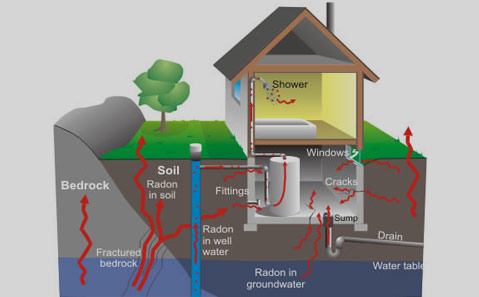 How Radon Enters a House
How Radon Enters a HouseRadon Gas Accumulations
Radon is an odorless, colorless gas that develops deep within the earth as an indirect radioactive decay product of the elements uranium and thorium through into lead. When breathed for prolonged periods, radon has a confirmed connection to an increased incidence of lung cancer. In high radon areas, proper testing and mitigation are recommended.
-
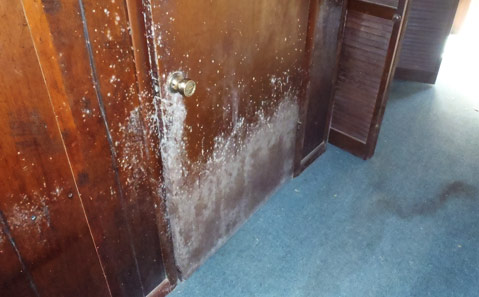 Stachybotrys (Black Mold) Colonies Develop In Only 72-Hours
Stachybotrys (Black Mold) Colonies Develop In Only 72-HoursMold and Other Aerosol Irritants
Mold develops on and within wet or moist building materials in about 72-hours, and the developing and growing colonies release reproductive spores. Several genera (types) of common molds release toxic substances (mycotoxins) that can render building occupants ill. Remediation includes removing existing mold colonies and eliminating the source of elevated humidity or moisture.
-
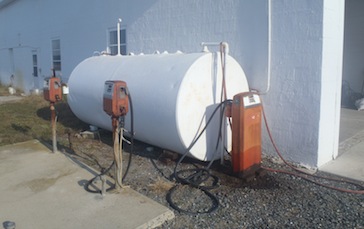 Aboveground Tank Without Secondary Containment
Aboveground Tank Without Secondary ContainmentAboveground Storage Tanks
Aboveground storage tanks (ASTs) are a common alternative to underground storage tanks (USTs). However, unlike underground tanks that tend to release their contents over a period of years, failed or ruptured aboveground storage tanks lose all of their contents onto the ground in a matter of months, days, hours, minutes, or even seconds.
-
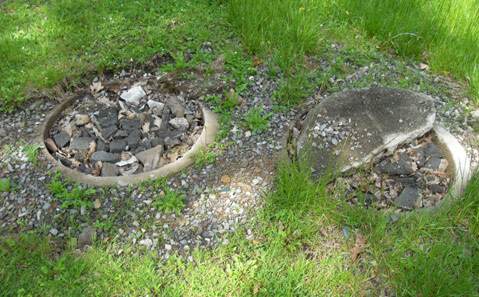 On-Lot Septic Systems Convey Contaminants Directly To The Subsurface
On-Lot Septic Systems Convey Contaminants Directly To The SubsurfaceOn-lot Septic Systems and Oil/Water Separators
On-lot septic systems are uniquely designed to convey both residential wastewater and industrial or commercial effluent to the subsurface. However, they also convey environmental contaminants along with the wastewater directly to the groundwater deep beneath the surface. Significant soil and groundwater contamination is the result.
-
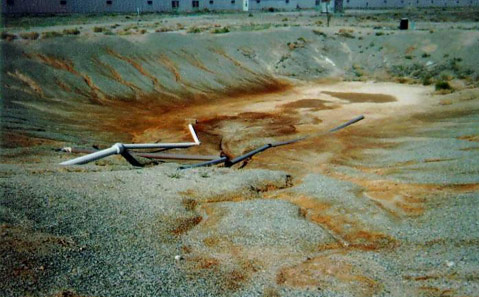 Impoundments Often Fail To Actually Impound Their Contents
Impoundments Often Fail To Actually Impound Their ContentsImpoundments, Pits, Ponds, and Lagoons
Heavy industrial companies historically stored or disposed of process wastewaters into large, uncontained surface impoundments or ponds leading to gross soil and groundwater contamination. Any current or historical impoundments should be evaluated for environmental impacts.
-
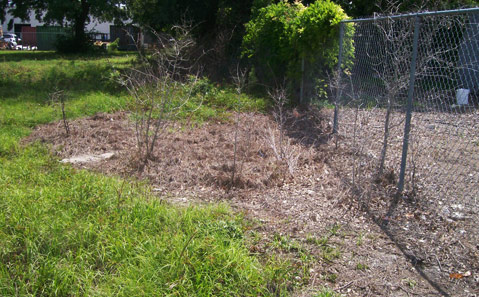 Distressed Vegetation May Indicate A Chemical Release Event
Distressed Vegetation May Indicate A Chemical Release EventDistressed or Dead Vegetation
Competent environmental assessment work includes careful examination of properties for indications of environmental contamination that may not be obvious. Most liquid chemicals quickly kill plant life. Distressed or dead vegetation is a clue that a chemical release may have occurred.
-
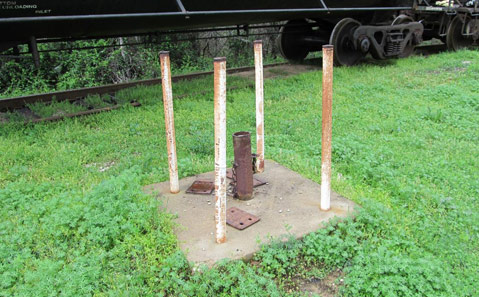 Monitoring Wells Yield Clues About A Property's Environmental Status
Monitoring Wells Yield Clues About A Property's Environmental StatusMonitoring Wells and Remedial Actions
Sellers of commercial real estate may not be forthcoming about on-site environmental contamination conditions. Your environmental consultant is familiar with structural features that indicate an environmental investigation or remediation project is ongoing on-site. Monitoring wells are used to test groundwater contaminants.
-
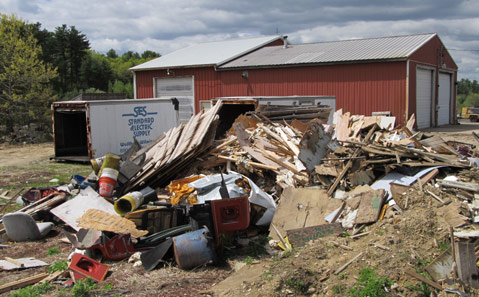 Demolition Debris Is Commonly Dumped Without Authorization or Regard
Demolition Debris Is Commonly Dumped Without Authorization or RegardNon-Hazardous Solid Wastes and Debris
Your environmental due diligence should not be limited to environmental chemical contamination. Solid waste and related debris accumulations can be remarkably expensive to transport and dispose. Wastes often need sorting, weighing, and disposal (or recycling) at different permitted municipal facilities.
-
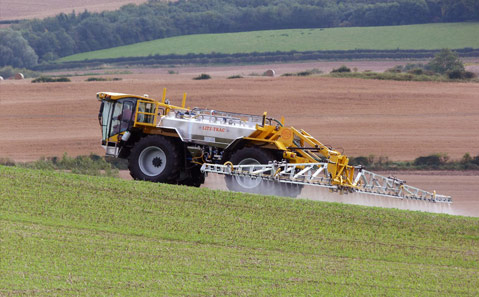 Bulk Mixing and Application of Herbicides And Pesticides
Bulk Mixing and Application of Herbicides And PesticidesTankers and Spray Rigs
Environmental assessors develop a knowledge of different industries, the chemicals they involved, and how the chemicals were stored, transported, and used. This industry-specific knowledge is critical in developing a testing scope of work to competently evaluate a property. On agricultural land where chemicals were applied with spray rigs, near-surface sampling should be included.
-
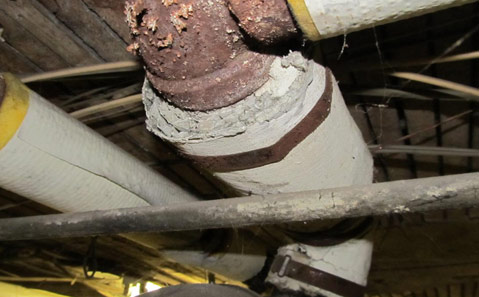 Asbestos Fibers Bury And Bind Themselves in Human Lung Tissue
Asbestos Fibers Bury And Bind Themselves in Human Lung TissueAsbestos-Containing Building Materials
Asbestos, a naturally-occurring, fibrous, mineral, has desirable physical and properties including heat resistance, chemical resistance, tensile strength, and insulation. However, when inhaled, it has been shown to cause asbestosis and mesothelioma (lung cancers), debilitating lung scarring, and other deleterious health effects.
-
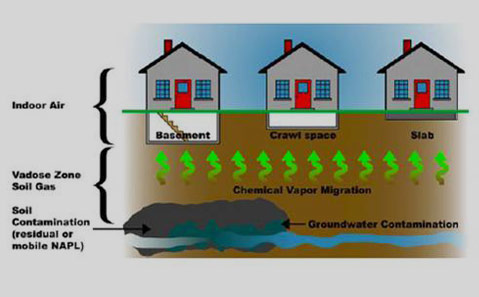 Leaking Gasoline Stations May Cause Basement Fumes In Nearby Buildings
Leaking Gasoline Stations May Cause Basement Fumes In Nearby BuildingsToxic Vapor Intrusions
Most people are familiar with or have heard the phrase “sick building syndrome.” In brief, this is when over-insulated buildings with weak HVAC systems develop elevated concentrations of gases that make the occupants feel dizzy or ill. In buildings located over soil or groundwater contamination, the contaminant gases may concentrate in interior building spaces as well.
-
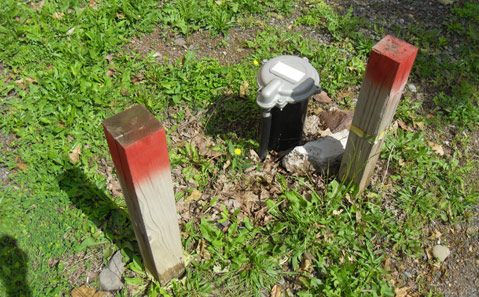 Conducting Regular Testing Of Drinking Water Wells Is A Good Idea
Conducting Regular Testing Of Drinking Water Wells Is A Good IdeaOn-Lot Potable Water Wells
Drinking water wells are drilled today to draw potable waters from deep within what hydrogeologists call a confined aquifer. However, aquifers that are unconfined commonly receive surface and near surface wastewater containing contaminants resulting in polluted drinking water.
-
 Pesticides Applied Decades Ago Persist In Soil And Groundwater
Pesticides Applied Decades Ago Persist In Soil And GroundwaterPesticide and Herbicide Storage and Use
Most people understand that bulk herbicide and pesticide storage areas may be contaminated from historical spillage or leakage from containers. However, many early generation, toxic herbicide and pesticide residues can remain in surface soils even many decades after their application ceased. Today, some states require testing of childcare center playground soils.
-
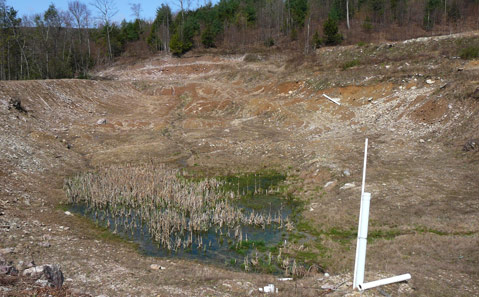 Today's Leached Contaminants Contaminate Tomorrow's Drinking Water
Today's Leached Contaminants Contaminate Tomorrow's Drinking WaterLeachate, Drainage, and Seeps
Surface waters are a common transport mechanism for contaminants to migrate from one location to another. Surface spills into drainage areas may cause transport of contaminants onto your property from an adjacent property. Surface spills can cause significant environmental contamination in a brief period of time.
-
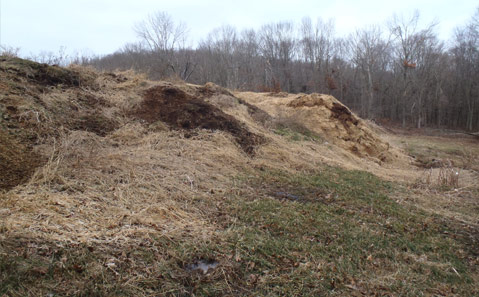 Manure Stockpiles And Animal Feedlots Threaten Potable Water Supplies
Manure Stockpiles And Animal Feedlots Threaten Potable Water SuppliesFarm Wastes and Manure Stockpiles
Improper stockpiling and management of manures and run-off from animal feedlots (particularly hog and chicken) can lead to contamination of both surface and groundwater. In fact, most states have regulations that specifically require manure management practices. Manure contaminants may be both chemical and bacteriological.
-
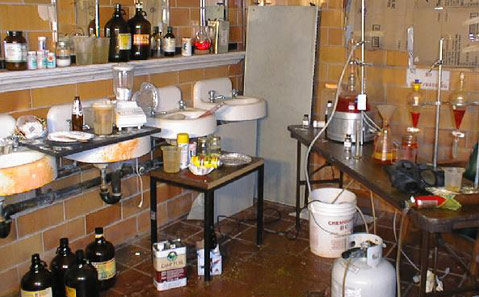 Illegal Methamphetamine Laboratories Are On The Rise
Illegal Methamphetamine Laboratories Are On The RiseMethamphetamine Laboratories/Illegal Chemical Production
Illegal drugs are “big business” in the U.S. and unfortunately becoming more so with each passing year. Although certainly not common, environmental assessors and property appraisers are more and more discovering entrepreneurial drug and chemical manufacturing in abandoned buildings.
-
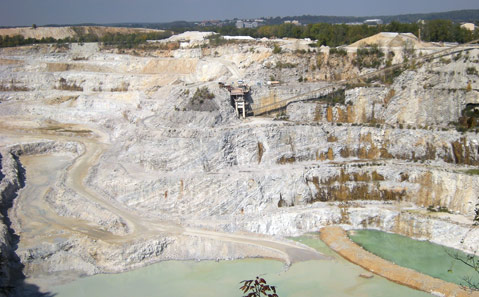 Mining Operation Runoff May Contaminate Nearby Water Bodies
Mining Operation Runoff May Contaminate Nearby Water BodiesMining Operations (Strip and Deep)
Fugitive dust emissions, acid mine drainage, erosion and sedimentation, soil and groundwater contamination with heavy and other metals, development of sinkholes, and stockpiling of mining tailings and soils make the short list of environmental concerns associated with mining operations.
-
 Lead Based Paint Remains A Serious Environmental Concern
Lead Based Paint Remains A Serious Environmental ConcernLead-based Paint
Although the harmful effects of lead-based paint (LBP) has been known for decades, it remains a source of significant liability to property owners today. Any residential improvement, school, or childcare center constructed prior to 1980 should have a Lead Hazard Risk Assessment followed by an appropriate response action. Protect yourself and your building occupants.
-
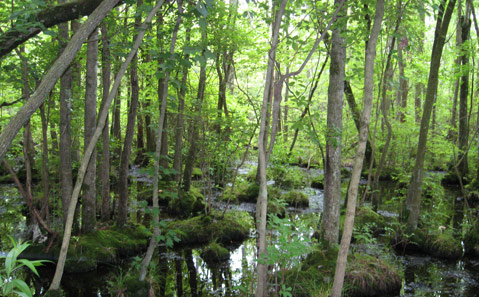 Non-Tidal Wetlands Can Bog Your Wallet
Non-Tidal Wetlands Can Bog Your WalletNon-Tidal Wetlands
Non-tidal wetlands are habitats with special hydric soils and plant life that develop over thousands of years of near-surface saturation or ponding. Federal and state regulations protect these areas, and very often permitting, replacement in kind, or land-banking is required to develop these areas.
Site Investigation
-

ASTM Phase I Environmental Site Assessment (ESA)
Federated Environmental Associates. Inc. has been performing quality ASTM Phase I Environmental Site Assessments nationally since 1994. The Phase I Environmental Site Assessment report forms the core of your environmental due diligence when acquiring or financing commercial real estate.
-
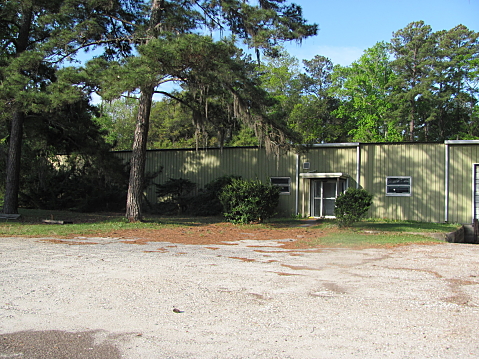
ASTM Phase I Environmental Site Assessment (Update)
A Phase I Environmental Site Assessment UPDATE is really a quick “look see” to ensure that no environmental concerns have developed since the last time the property was inspected. The Phase I ESA Update process includes a physical re-inspection, interviews, review of current environmental databases, and municipal contact, e.g. fire department.
-
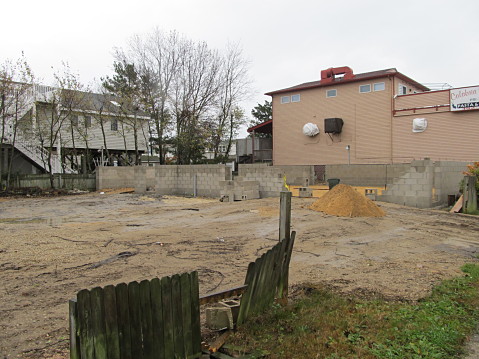
ASTM Transaction Screen (TSA)
Sometimes all that is required is an ASTM Transaction Screen (TSA). It’s not a replacement for a Phase I Environmental Site Assessment, but on some properties it provides users with information needed to proceed with the transaction or conduct additional investigative work. New construction on land that has never been developed may make a good candidate for a TSA.
-
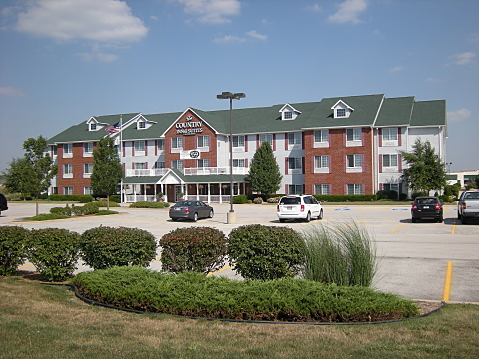
SBA Records Search with Risk Assessment (RSRA)
Not all loans require or warrant a full Phase I Environmental Site Assessment – there are simple environmental reports available to screen low environmental risk properties and small cap loans. An SBA Records Search with Risk Assessment or “desktop environmental audit” may be used these property and loan types.
-
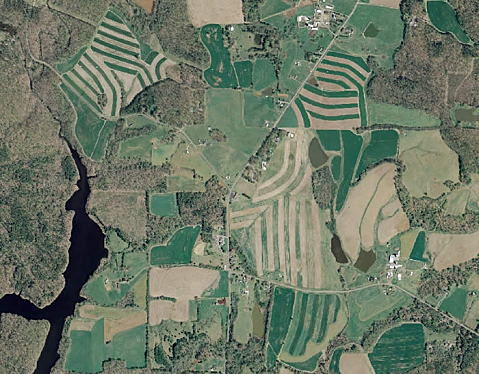
Environmental Database Review
There are several environmental database companies in the U.S. that employ GIS mapping programs to artfully plot contaminated or high environmental risk properties relative to your subject property. Using historical aerial photographs and USGS topographic maps, it’s possible to infer groundwater flow direction, historical activities, and make environmental risk determinations.
-
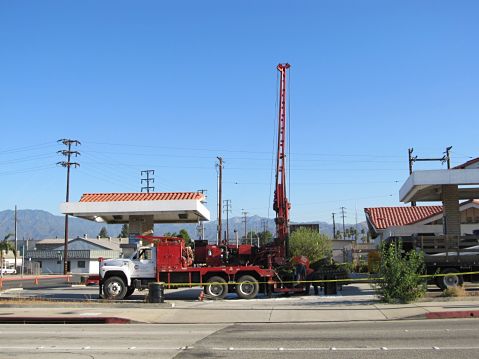
Phase II Environmental Site Assessment
Environmental concerns are investigated through testing projects called Phase II Environmental Site Assessments that typically includes sampling and chemical analysis of building materials, wastes, chemicals, soil, groundwater, or other suspected media or materials. Data from the sampling effort is compiled and compared to federal and state published contaminant guidelines.
-
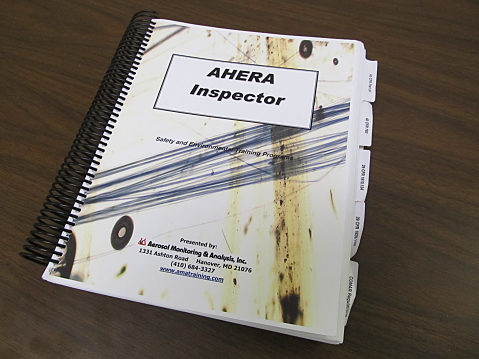
NESHAPS (Pre-Renovation) or ASTM Asbestos Survey
A NESHAPS (pre-renovation) Asbestos Survey is one of the most important kinds of asbestos surveys. It prevents construction contractors from accidentally breathing asbestos fibers released during demolition and renovation of asbestos-containing building materials (ACBMs).
-
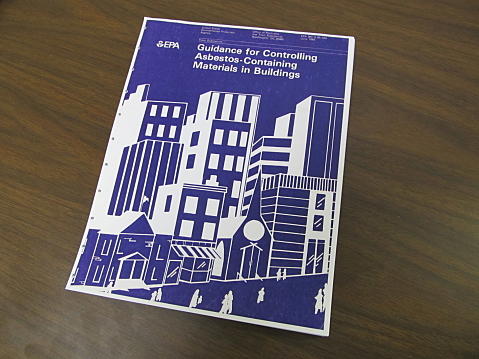
Asbestos Operations and Maintenance Plan (O&M Plan)
An Asbestos Operations & Maintenance Plan (O&M Plan) is a plan and guide to maintain and manage asbestos-containing materials (ACMs) in place. An O&M Plan contains both the Comprehensive Asbestos Survey and ongoing notes describing how identified ACMs are being managed in place. To left, EPA’s Guidance for Controlling Asbestos Containing Materials in Buildings (the “Purple Book”).
-
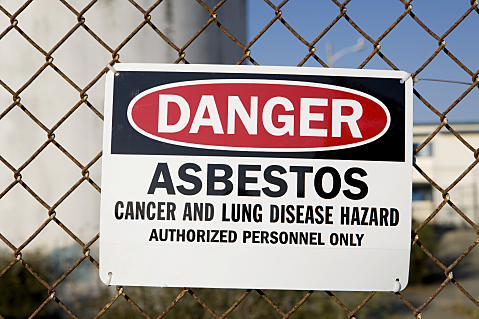
Asbestos Project Designer Review (Abatement)
Asbestos Project Designers are required to develop abatement project designs for schools, commercial, and other buildings. The Asbestos Project Designers are required to develop specifications and contracts that contractors must follow to complete an asbestos abatement project to meets state and federal regulations.
-

Lead-Based Paint (LBP) Survey and Lead Hazard Assessment
Lead is easily within the top ten list of injurious environmental pollutants. Worse yet, lead is the number one environmental threat to children’s’ health in the United States. There are numerous exposure pathways to include through the air, drinking water, food, contaminated soil, deteriorated paint, and dust. However, the risks can be managed.
-

Mold Inspection & Surveys
Preliminary mold surveys consist of nothing more than a “Mold Awareness” trained environmental assessor visually inspecting for mold colonies. However, the actual impact of the mold on-site is determined by collecting air samples and determining mold spore types and counts.
-
Vapor Intrusion Investigation & Assessment
Lorem ipsum dolor sit amet, consectetur adipiscing elit. Nunc sit amet mauris vel nisl congue ornare. Vestibulum eleifend semper purus, vitae tincidunt odio rutrum eget. Nam pretium egestas sapien, quis consequat nibh luctus vitae.
Remediation or Abatement
-
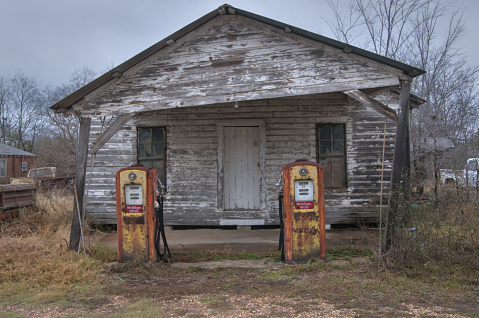
Underground / Aboveground Storage Tank Removals
Federated Environmental Associates, Inc. has had responsible charge over the proper removal of thousands of underground storage tanks (USTs) nationally. State regulatory agencies require proper UST closure documentation…another quality service Federated Environmental provides.
-
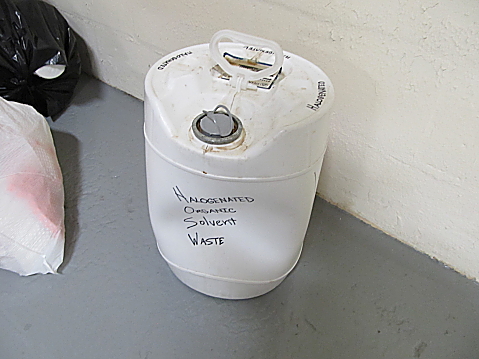
Bulk Chemical Characterization / Disposal
Lorem ipsum dolor sit amet, consectetur adipiscing elit. Nunc sit amet mauris vel nisl congue ornare. Vestibulum eleifend semper purus, vitae tincidunt odio rutrum eget. Nam pretium egestas sapien, quis consequat nibh luctus vitae.
-
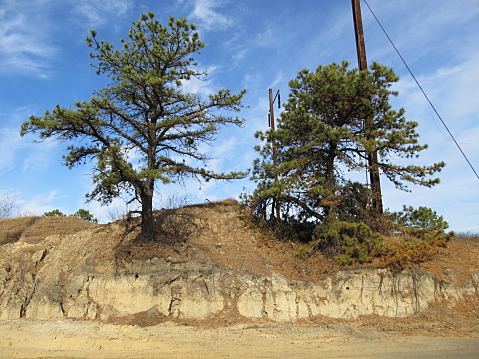
Contaminated Soil Excavation / Disposal
Lorem ipsum dolor sit amet, consectetur adipiscing elit. Nunc sit amet mauris vel nisl congue ornare. Vestibulum eleifend semper purus, vitae tincidunt odio rutrum eget. Nam pretium egestas sapien, quis consequat nibh luctus vitae.
-
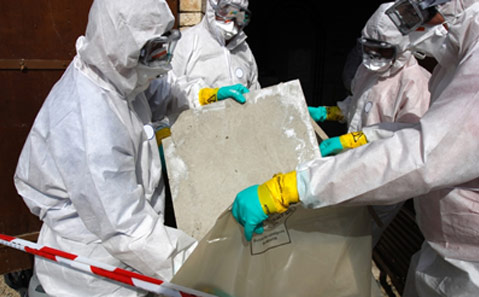 Asbestos Abatement
Asbestos AbatementAsbestos Abatement
Lorem ipsum dolor sit amet, consectetur adipiscing elit. Nunc sit amet mauris vel nisl congue ornare. Vestibulum eleifend semper purus, vitae tincidunt odio rutrum eget. Nam pretium egestas sapien, quis consequat nibh luctus vitae.
-
Lead-Based Paint (LBP) Abatement
Lorem ipsum dolor sit amet, consectetur adipiscing elit. Nunc sit amet mauris vel nisl congue ornare. Vestibulum eleifend semper purus, vitae tincidunt odio rutrum eget. Nam pretium egestas sapien, quis consequat nibh luctus vitae.
-
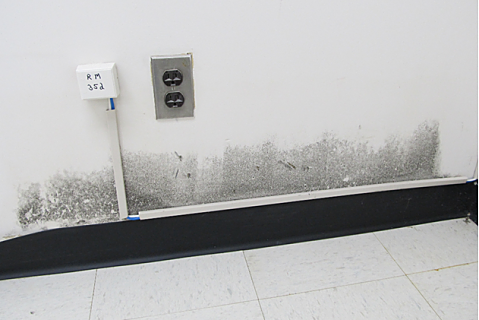
Mold Remediation
Mold is among the most insidious and tricky environmental concerns to manage. Mold colonies may form in under 72-hours in inaccessible areas such as wall spaces and air ducts. Perhaps worst of all, if proper conditions exist, mold colonies can reappear.
-
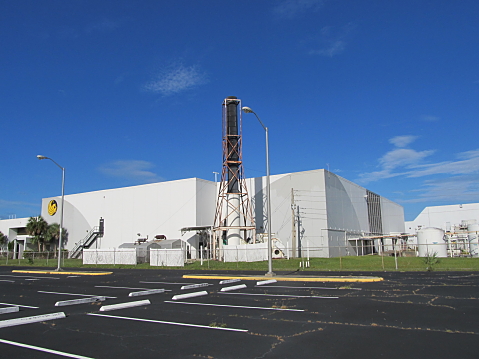
Contaminated Ground Water Treatment
There have been almost as many technological advances in ground water treatment in the past 30-years as there have been years. However, the cast of contaminant characters is largely unchanged….petroleum, volatile organic compounds (VOCs), metals, herbicides, pesticides, and bacteriological or naturally-occurring agents.